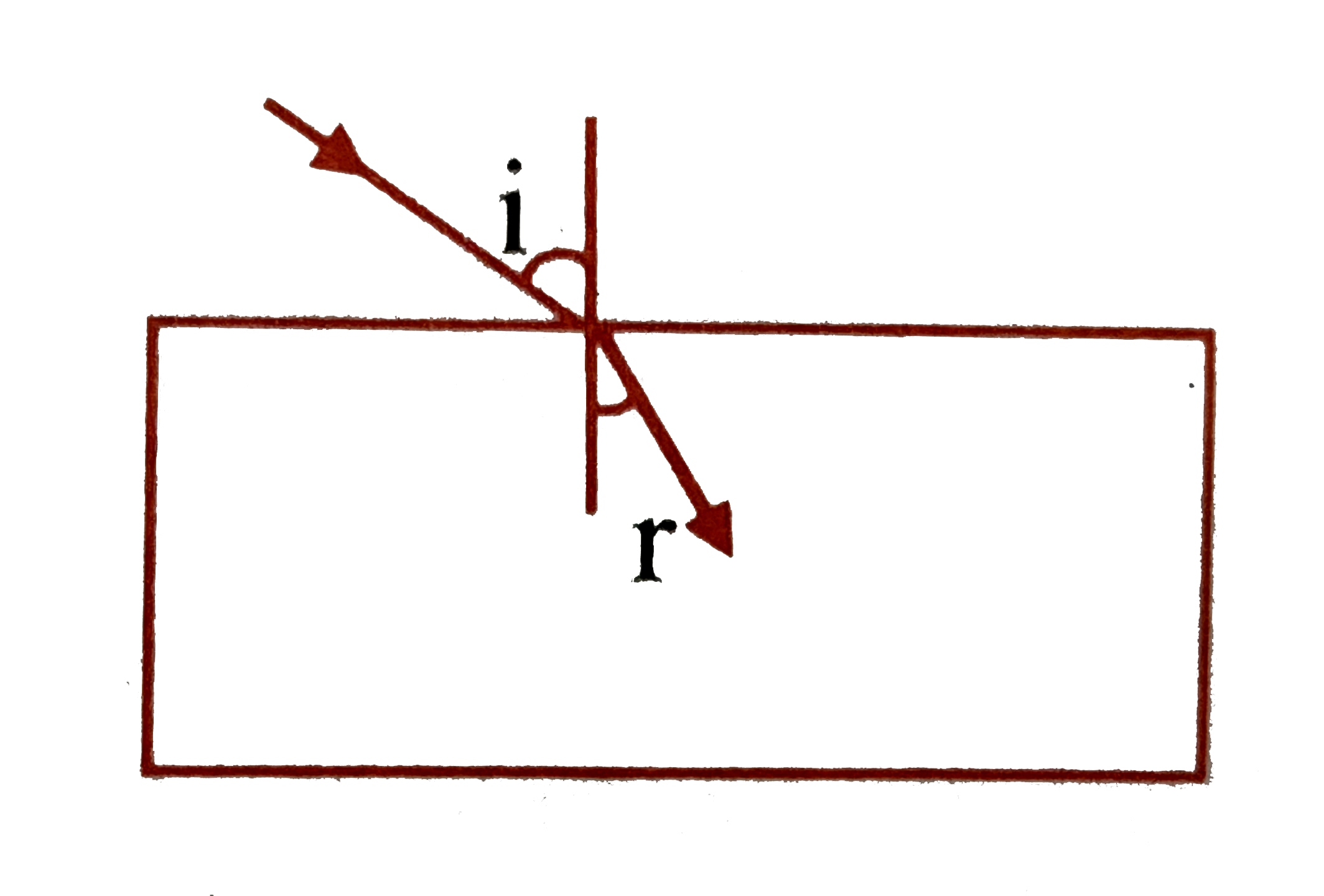Complete the following analogy: Organo metallic compound :A: Pyridinium chlorochromate :B
A: Phosphoric acid, B: Alkyl Halide
A : Main product of sandmeyer's reaction, B: Causes Retention,
A: Grignardsreagent,B: selective oxidizing agent
A: Salicylic acid, B: Diazonium salt
To complete the analogy "Organometallic compound : A : Pyridinium chlorochromate : B", we need to identify what A and B represent in relation to the given terms.
1. Understanding Organometallic Compounds:
- An organometallic compound is defined as a compound that contains at least one bond between a carbon atom of an organic molecule and a metal.
- A common example of an organometallic compound is a Grignard reagent, which has the general formula R-Mg-X, where R is an organic group, Mg is the metal (magnesium), and X is a halogen.
2. Identifying A:
- Since we are looking for a term that relates to organometallic compounds, we can consider common examples. The Grignard reagent is a well-known organometallic compound and fits perfectly as a representative of A.
- Therefore, we conclude that A = Grignard reagent.
3. Understanding Pyridinium Chlorochromate (PCC):
- Pyridinium chlorochromate (PCC) is an oxidizing agent commonly used in organic chemistry to oxidize alcohols to aldehydes.
- It is important to note that PCC is classified as a selective oxidizing agent.
4. Identifying B:
- Since we are looking for a term that relates to PCC, we can consider what type of compound or agent PCC is. The most fitting term would be "selective oxidizing agent".
- Therefore, we conclude that B = Selective oxidizing agent.
5. Finalizing the Analogy:
- Now we can summarize our findings:
- Organometallic compound : Grignard reagent : Pyridinium chlorochromate : Selective oxidizing agent.
Conclusion:
The completed analogy is:
Organometallic compound : Grignard reagent : Pyridinium chlorochromate : Selective oxidizing agent.
- An organometallic compound is defined as a compound that contains at least one bond between a carbon atom of an organic molecule and a metal.
- A common example of an organometallic compound is a Grignard reagent, which has the general formula R-Mg-X, where R is an organic group, Mg is the metal (magnesium), and X is a halogen.
- Since we are looking for a term that relates to organometallic compounds, we can consider common examples. The Grignard reagent is a well-known organometallic compound and fits perfectly as a representative of A.
- Therefore, we conclude that A = Grignard reagent.
- Pyridinium chlorochromate (PCC) is an oxidizing agent commonly used in organic chemistry to oxidize alcohols to aldehydes.
- It is important to note that PCC is classified as a selective oxidizing agent.
- Since we are looking for a term that relates to PCC, we can consider what type of compound or agent PCC is. The most fitting term would be "selective oxidizing agent".
- Therefore, we conclude that B = Selective oxidizing agent.
- Now we can summarize our findings:
- Organometallic compound : Grignard reagent : Pyridinium chlorochromate : Selective oxidizing agent.
The completed analogy is:
Organometallic compound : Grignard reagent : Pyridinium chlorochromate : Selective oxidizing agent.
Topper's Solved these Questions
- SAMPLE PAPER 11 (SELF-ASSESSMENT)BOOK - EDUCART PUBLICATIONCHAPTER - SAMPLE PAPER 11 (SELF-ASSESSMENT)EXERCISE - SECTION - B
21 Videos
- SAMPLE PAPER 10BOOK - EDUCART PUBLICATIONCHAPTER - SAMPLE PAPER 10EXERCISE - SECTION - C
5 Videos
- SAMPLE PAPER 3BOOK - EDUCART PUBLICATIONCHAPTER - SAMPLE PAPER 3EXERCISE - SECTION- C
6 Videos
Similar Questions
Knowledge Check
Which of the following is organo-metallic compound ?
ATi(C2H4)4BTi(OC2H5)4CTi(OCOCH3)4DTi(OC6H5)4Which is not organo metallic compound ?
ACis–PlatinBFerroceneCZieses's saltDZiegler Natta CatalystWhich of the following is not an organo-metallic compound ?
ATi(OC3H7)4BSn(CH3)4CRu(C5H5)2D(C2H5)2Zn
Complete the following analogy: Fitting reaction : A:: Finkelstein reaction: B
View SolutionOrgano mercury compounds are
View SolutionWhich of the following is not an organo - metallic compound ?
View SolutionWhich of the following is organo-metallic compOlmd ?
View SolutionWhich of the following is pyridinium chlorochromate ?
View Solution

